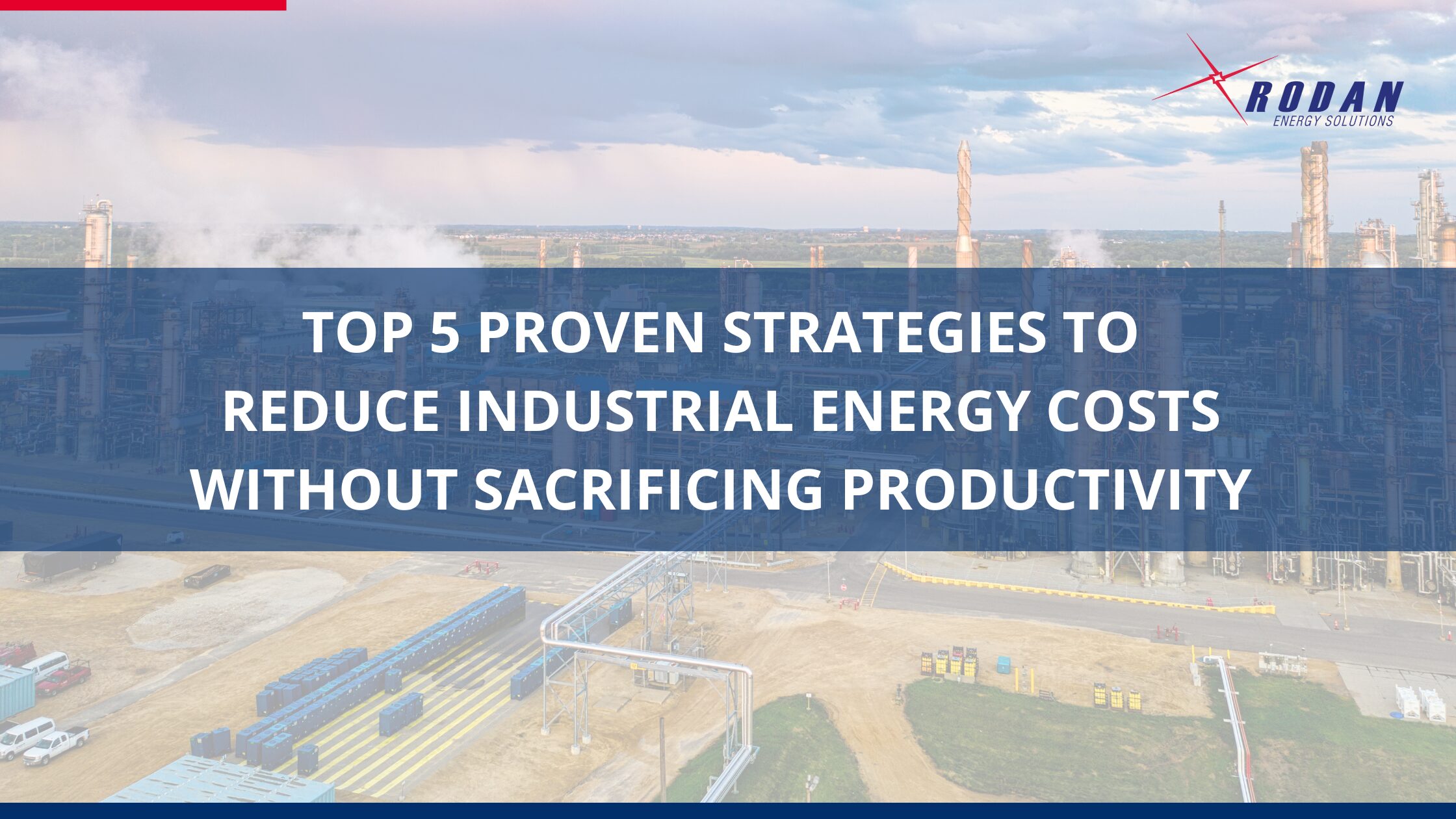In recent years, as enterprises across the manufacturing sector have become increasingly focused on improving operational efficiency and reducing energy consumption, the use of Energy Management Information Systems (EMIS) has grown immensely.
Many companies today, however, still fail to consider the full range of benefits an EMIS can provide – and in doing so underestimate the true value it can bring to their facility/organization. In this short blog, we explore some of the advantages (other than energy savings) that deploying an EMIS can offer.
Increased Equipment Uptime and Throughput – By tracking raw data on usage of commodities such as electricity, gas, water and steam, an EMIS provides operators with visibility into how equipment and systems are performing on a granular level. Using mathematical models built into the EMIS, data can then be visualized to personnel in a way that enables them to quickly and easily identify issues with equipment before a full-scale failure or breakdown. This ultimately results in increased equipment uptime, more efficient use of maintenance resources, and higher throughput.
Streamlined Sustainability Reporting – For many industrial enterprises, sustainability reporting is a complex task that requires collecting, organizing, and publishing data and findings for multiple stakeholders. Depending on the nature of the business and/or facility, separate reports may need to be prepared for company executives, public authorities, investors, insurance companies, etc. A good EMIS allows personnel to take vast amounts of largely unorganized data and format it in a way that meets the unique needs of each stakeholder. The result is less time spent validating findings and preparing reports and improved communication between parties.
Improved Benchmarking and Portfolio Management – Deploying an EMIS allows an operator to measure the performance of multiple industrial processes, shifts or plants against one another. Personnel can use analytics and modeling tools integrated into the EMIS to determine which facilities or shifts are performing best and what they are doing differently than their counterparts. This enables an enterprise to replicate the success of a shift or process across multiple locations and develop a solid baseline for how a facility should be operating.
4 Ways an EMIS Solution Will Help You Optimize Your Facility’s Energy Usage




